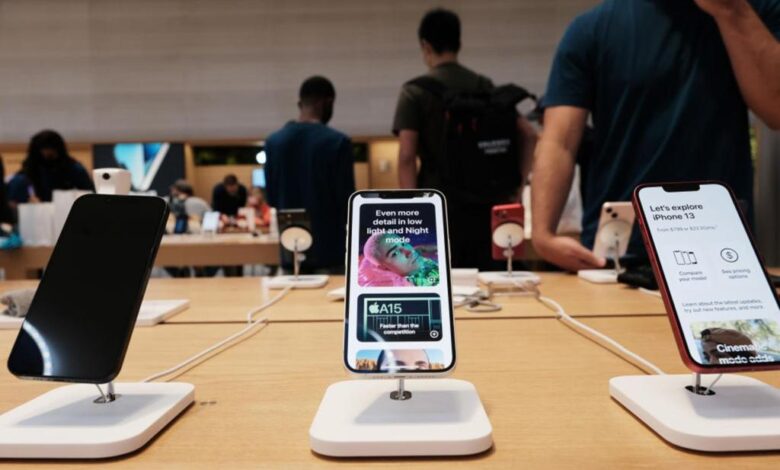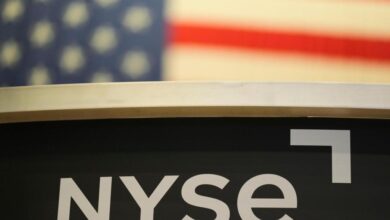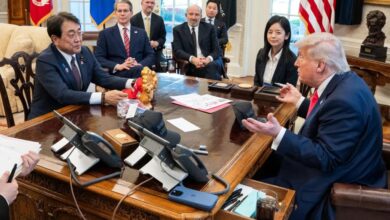Tariffs could cost American households $3,800 per year

By Marcos Cabello, Bankrate.com
According to The Budget Lab at Yale University, tariffs could potentially cost the average American household around $3,800 in 2025. Despite President Trump’s recent announcement of a 90-day pause on tariffs, with most tariffs temporarily reduced to 10%, certain countries like China will continue to face higher rates.
These tariffs, which are essentially taxes imposed on imported goods, have the direct impact of increasing prices as companies transfer these extra costs to consumers. While this inflationary pressure may lead to elevated savings account yields for a longer period, it also means that everyday purchases could become significantly more expensive.
Here’s a breakdown of how tariffs will impact various consumer goods:
- Electronics: Products like smartphones, laptops, and televisions could see price increases of up to 4.5 percent. Manufacturing an iPhone in the U.S. might cost as much as $3,500 due to tariffs.
- Clothing and apparel: Leather products and apparel are expected to experience the highest price hikes, with estimates of 18.3% and 16.9% respectively.
- Automobiles: Both new and used vehicles may become more expensive, with an estimated 8.4% increase for motor vehicles and parts.
- Furniture and household goods: Imported furniture, textiles, wood products, and rubber and plastic products are all anticipated to increase in price.
- Raw materials: Products made from materials like steel, aluminum, and other metals may see prices increase by around 5.8%, affecting a range of products from appliances to packaging.
With prices on the rise due to tariffs, overall inflation becomes a concern for the Federal Reserve. The Fed’s primary tool to combat inflation is the federal funds rate, which indirectly impacts annual percentage yields (APY) on deposit products like CDs and savings accounts.
As the Fed adjusts the benchmark rate in response to economic conditions, APYs tend to follow suit. Recent rate movements have seen fluctuations, with the Fed cutting rates in 2024 and pausing its rate-cutting cycle in 2025. Inflation, as indicated by the Consumer Price Index, has shown signs of cooling but experts believe this trend might not continue due to the impact of tariffs.
Despite the potential challenges posed by tariffs, there are several strategies that individuals can employ to offset the increased costs:
- Track spending and cut back where possible to absorb higher expenses.
- Increase your emergency fund to cover unexpected costs and potential economic downturns.
- Time major purchases strategically to avoid overpaying during periods of price hikes.
- Compare prices across retailers and countries of origin to find the best deals on goods affected by tariffs.
By implementing these budgeting strategies and maximizing your savings through high-yield accounts or CDs, you can navigate the challenges presented by tariffs while ensuring your financial health in a changing economic landscape.
Published on: April 22, 2025





